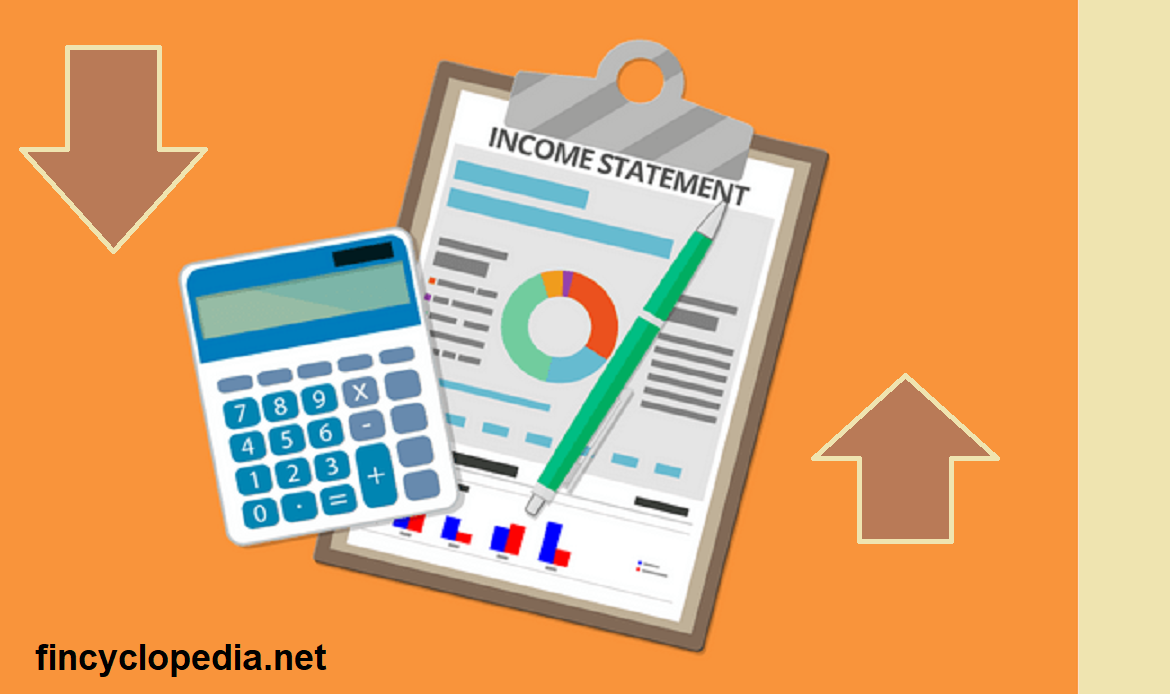A measure of risk (value at risk or VaR) which is computed using the expected return and the standard deviation of the components of a portfolio assuming that the returns of the individual components or the portfolio are normally distributed (i.e., exhibit a normal distribution). The process of calculation involves the selection of a level of confidence, while matching the one-tailed Z value (negative side of the distribution) according to a given probability.
For example, if a portfolio has holdings of $100,000 its one-month average return and standard deviation are 12% and 16%, respectively, then its daily VaR at 5% level of significance is given by:
Analytical VaR= [Rp – (z) (σ)] * Vp
Analytical VaR = [12% – (1.65) (16%)] * 100,000
Analytical VaR = -$14,400
As a percentage, it is equal to 14.4% of the portfolio.
Where:
Rp = portfolio return.
Z= Z value for 5% level of confidence (one-tailed test).
σ = portfolio standard deviation.
Vp= portfolio value.




